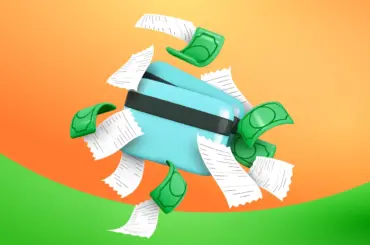End of the year is the time to set new intentions and goals. When asked about what they would change in their trading approach, many traders reply that they wish they planned their trades better. In fact, trade planning is a crucial, yet often overlooked, step to a productive trading routine. Creating a trading checklist in advance may be a solution for traders that often find themselves acting spontaneously. We have asked Santa’s little helper, the Christmas elf, to help us out with this task.
What is a trading checklist?
A trading checklist is a list of points, important steps, that a trader should take before entering a deal. There are many things that traders need to do before trading: check the trading conditions, conduct technical analysis, decide on the trade size, ensure adequate risk management, and more. While a trading plan is your strategy for executing trades, a trading checklist is a tool to help you make your plan work smoothly, to ensure discipline and consistency. Depending on the approach, the trading checklist may be different for every trader. You can customize it the way you like. Here is just an example of what it could include.
Trading conditions
The evaluation of the trading conditions is the basis for your trade. Before opening a deal, make sure to verify whether the trading conditions align with the conditions necessary for implementing your strategy.
Check the asset, the direction of the trend, the time, volatility, volume and any other crucial details. Conduct a thorough inspection using your favorite technical tools and don’t forget about the bigger picture – are there any events going on that could influence the outcome of your trade? The performance of your trade will depend on how well you prepare, so take your time and assess the chosen asset without any rush.
Risk management
Preparing for your trade means taking into account any possible outcome, including a loss. Money management will include setting Stop-Loss and Take-Profit levels, optimizing the size of the investment as well as setting daily goals and limits. Add these points to the checklist to ensure that you take the necessary measures in order to protect your capital and limit the possible losses.
Psychology and emotional state
A trading checklist would not be complete without highlighting trader’s psychology as an important component of the trading process. The emotional state you are in affects your behavior and could hurt your trade results. Extreme excitement or disappointment are harmful emotions that will inevitably interfere with your trading plan. Assess your emotions — how are you feeling? Calmly observe your thoughts and accept them, without trying to rationalize them.
Once you have identified your emotions, focus on the trading plan you have. It will be easier to stick with it now that you understand what emotional state you are in. Checking in with your feelings throughout the whole trading session may help prevent fear, greed and excitement getting the best of you while you trade.
Bottom line
A trading checklist doesn’t need to be complicated, but it should be thorough enough to ensure you don’t forget anything before beginning to trade. It can be a list with bullet points that you can easily cross off once you’ve checked them. Customize the checklist to fit your needs, but make sure it is ready for trading in the new year!



